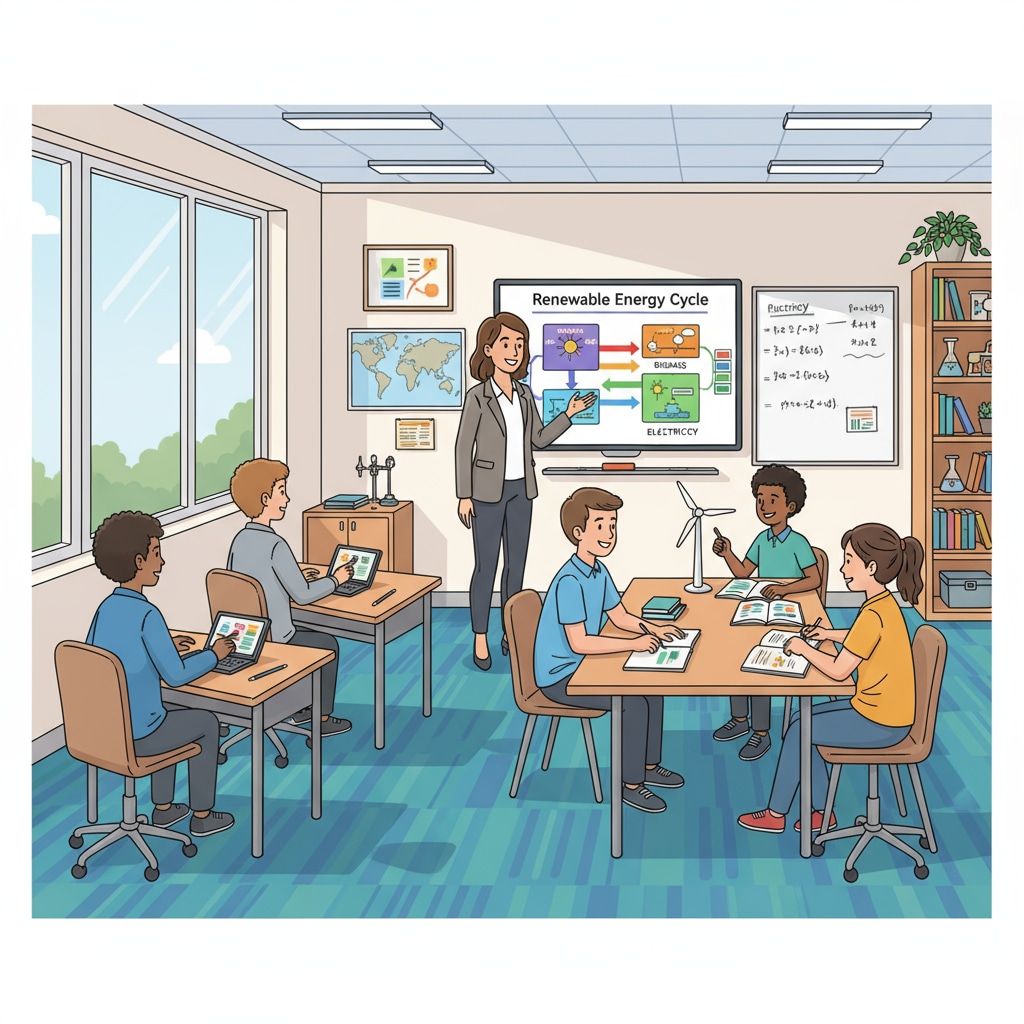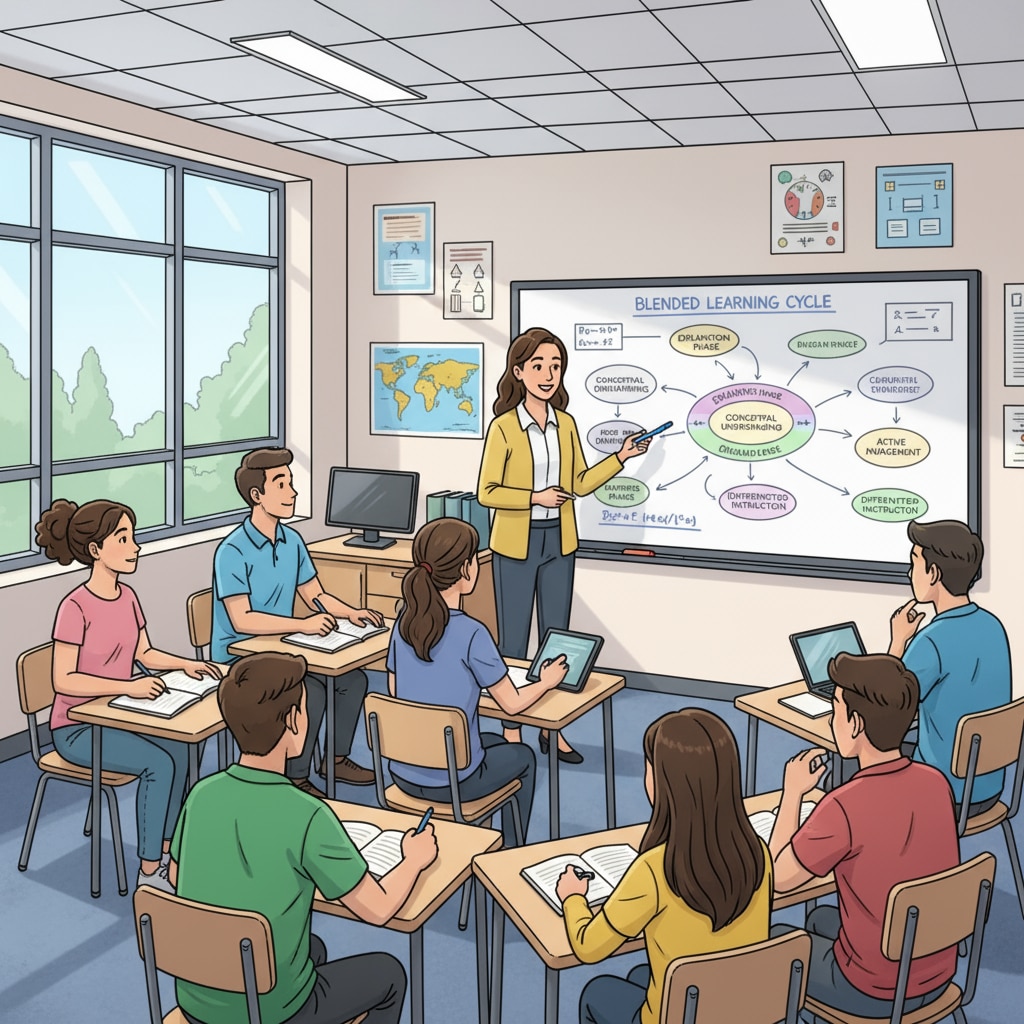The Blended Teaching Cycle, an innovative educational model integrating didactic and facilitative teaching, has emerged as a revolutionary approach in modern education. This model aims to strike a balance between teacher-led instruction and student-centered learning, fostering a more engaging and effective educational experience.

The Foundation of the Blended Teaching Cycle
The Blended Teaching Cycle is built on the recognition of the strengths and limitations of both didactic and facilitative teaching methods. Didactic teaching, also known as traditional or direct instruction, involves the teacher presenting information to students in a structured manner. It is effective for transmitting essential knowledge and skills. On the other hand, facilitative teaching focuses on guiding students to discover knowledge on their own, promoting critical thinking and problem-solving abilities. By combining these two approaches, the Blended Teaching Cycle creates a comprehensive educational framework. For example, according to Wikipedia’s article on Blended Learning, blending different teaching styles can enhance student understanding and retention.
The Five Cycles of the Blended Teaching Model
The Blended Teaching Cycle consists of five key steps. The first step is the “Introduction” phase, where the teacher presents the learning objectives and provides an overview of the topic. This is a didactic approach that sets the foundation for the learning process. Next is the “Explore” stage, where students are encouraged to explore the topic independently or in groups. The teacher acts as a facilitator, guiding students’ exploration. In the “Explanation” step, the teacher clarifies any misunderstandings and provides in-depth explanations of the key concepts.

The “Practice” phase allows students to apply what they have learned through various activities, and the teacher offers feedback. Finally, the “Summary” step involves summarizing the key points and assessing students’ learning. This cyclic process ensures a continuous improvement in students’ understanding and skills.
In K12 education, the Blended Teaching Cycle has significant applications. It can be used across various subjects, from mathematics to language arts. For instance, in a math class, the teacher can use didactic teaching to introduce new formulas and then facilitate students’ exploration through problem-solving activities. As stated in Britannica’s entry on Education, such an approach can make learning more engaging and effective for K12 students.
Readability guidance: The Blended Teaching Cycle offers a balanced educational approach. By understanding its foundation, steps, and applications in K12 education, educators can enhance the learning experience for their students. This model paves the way for a more dynamic and successful educational environment.


